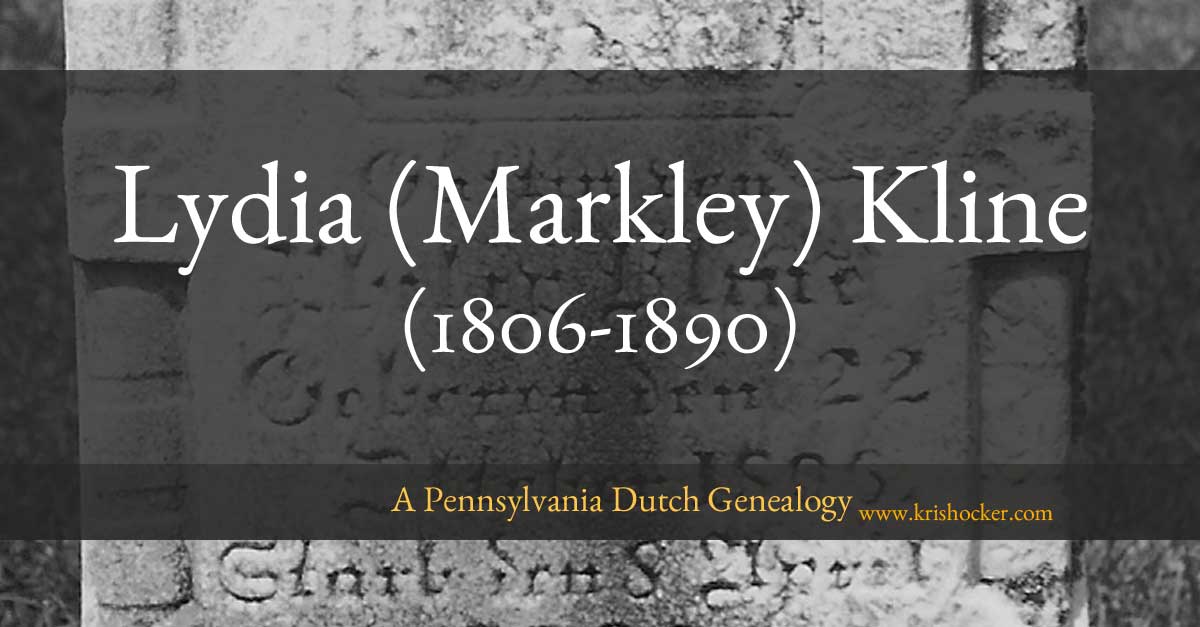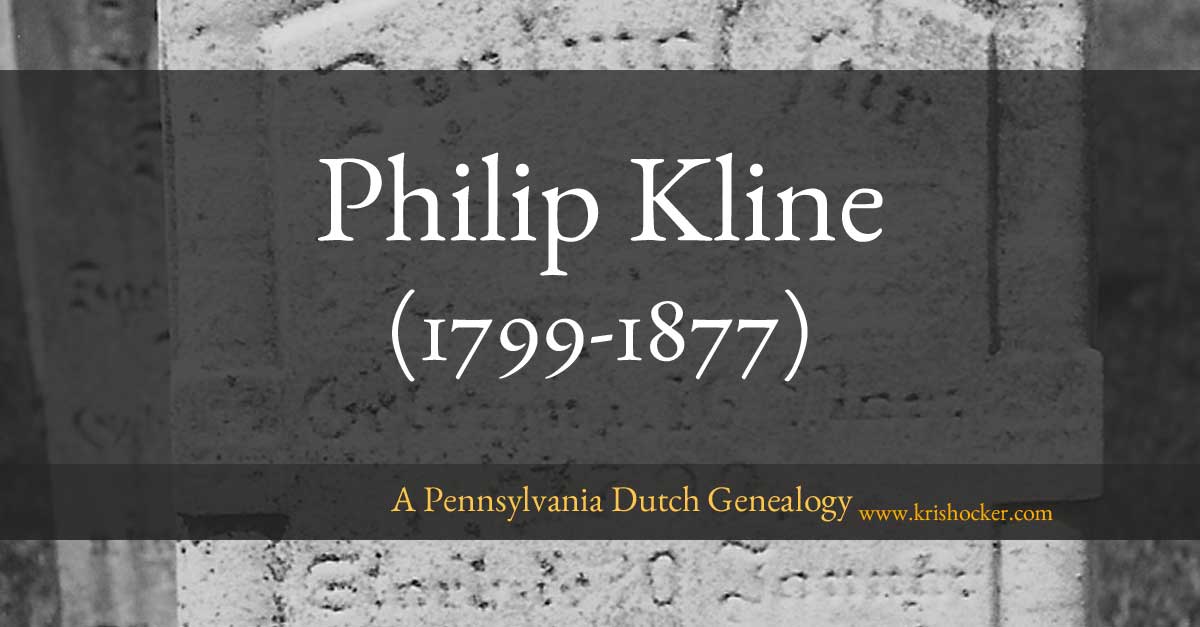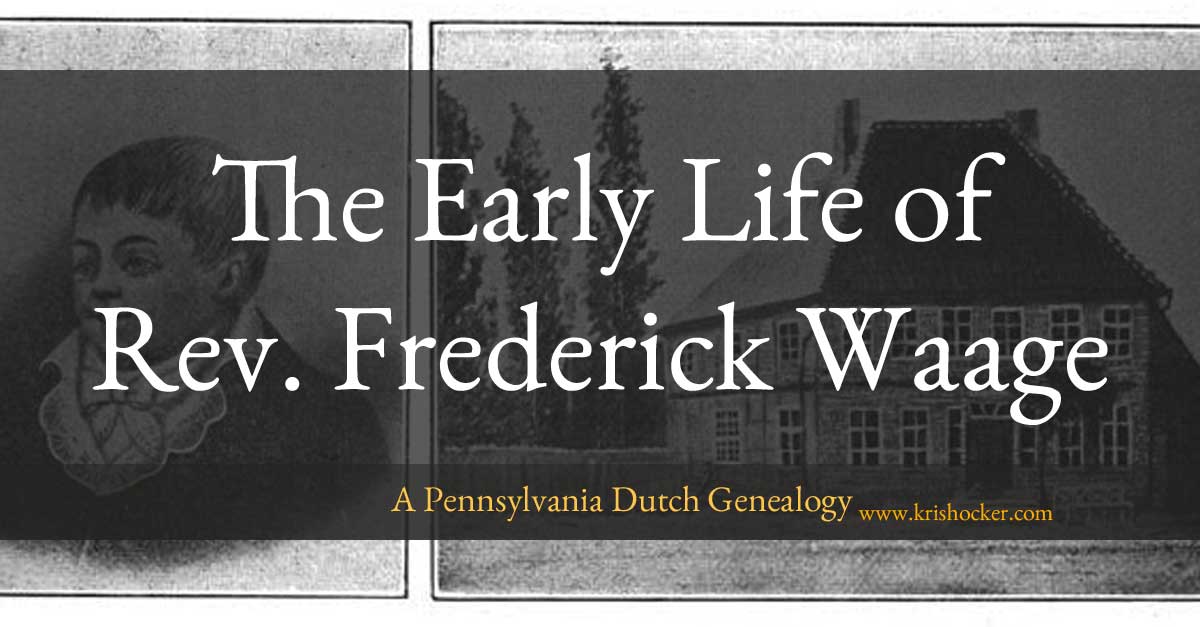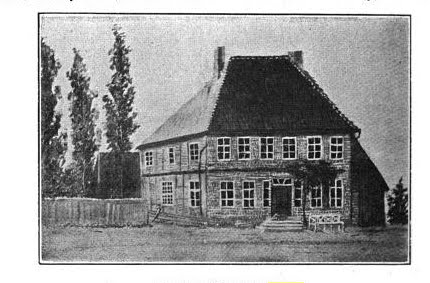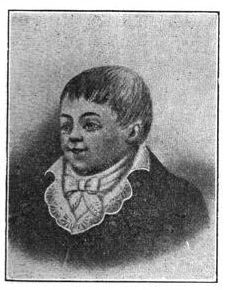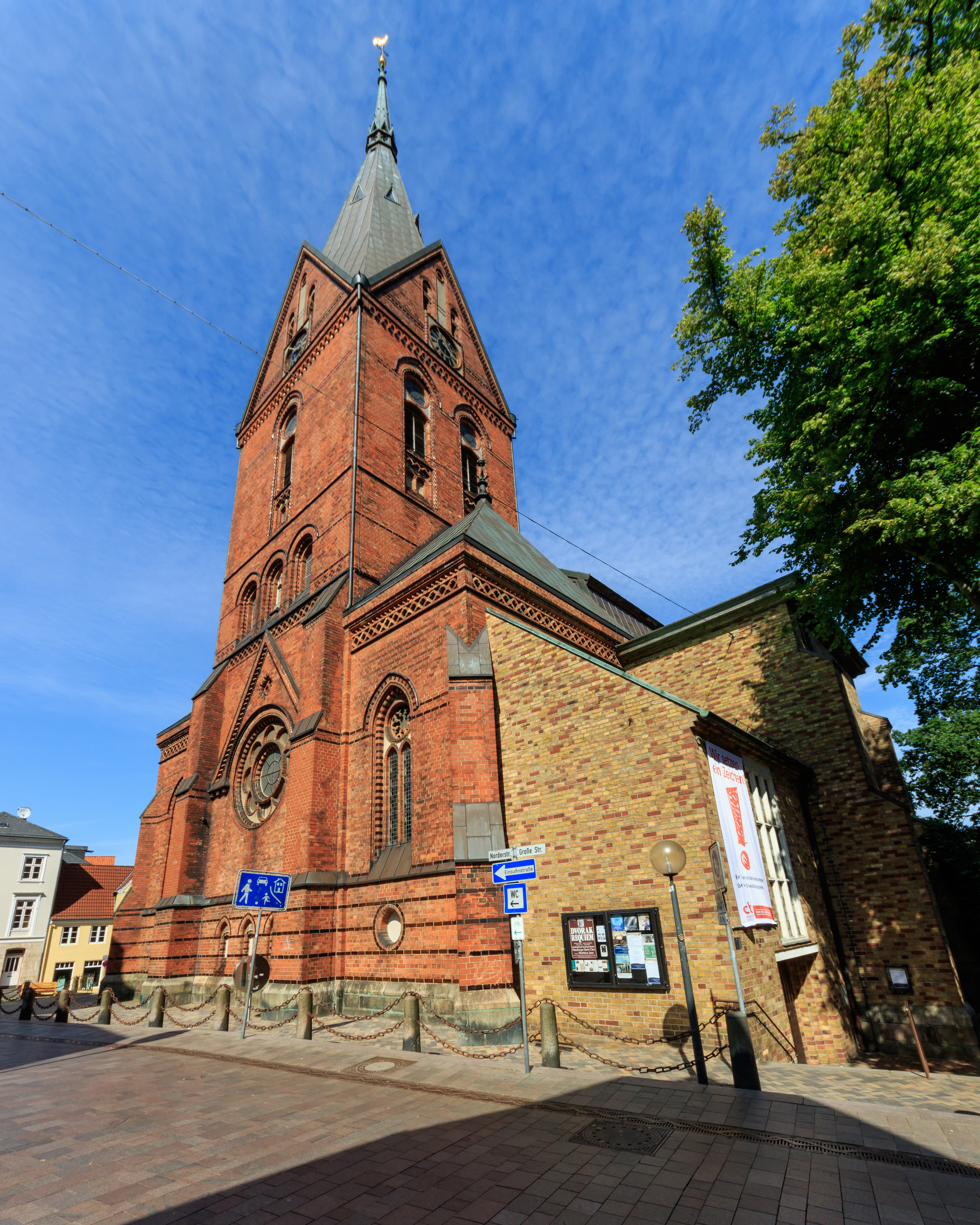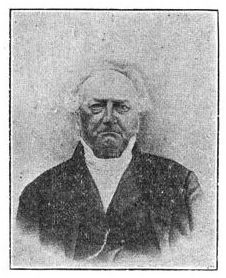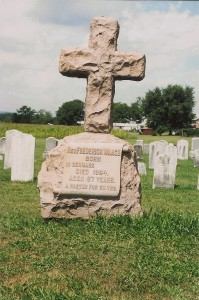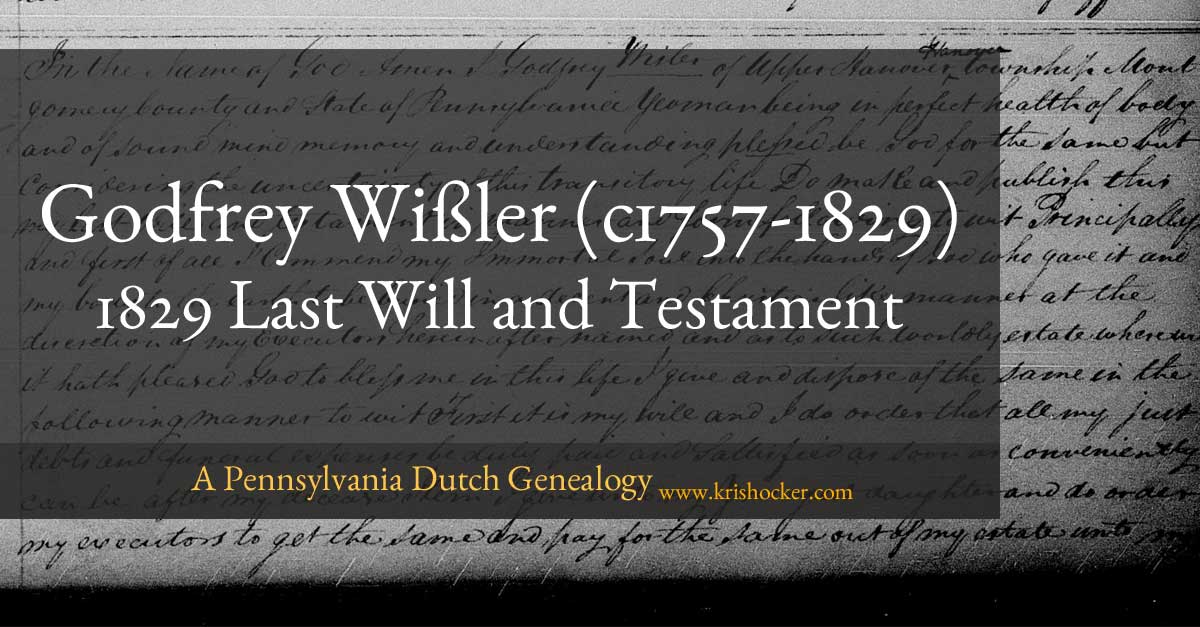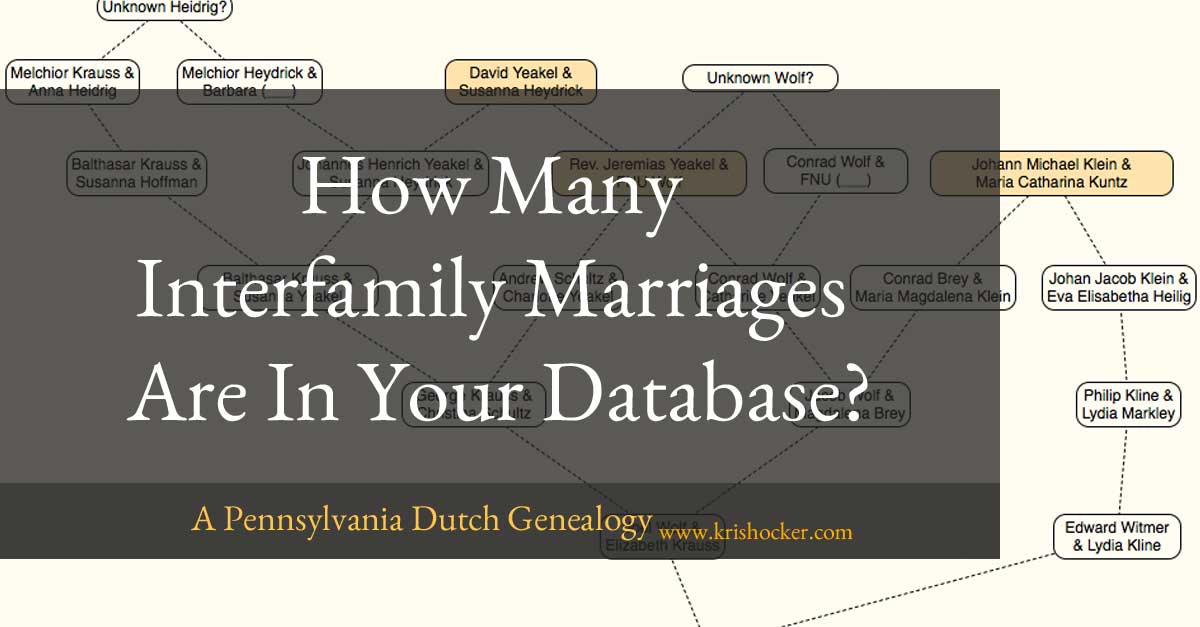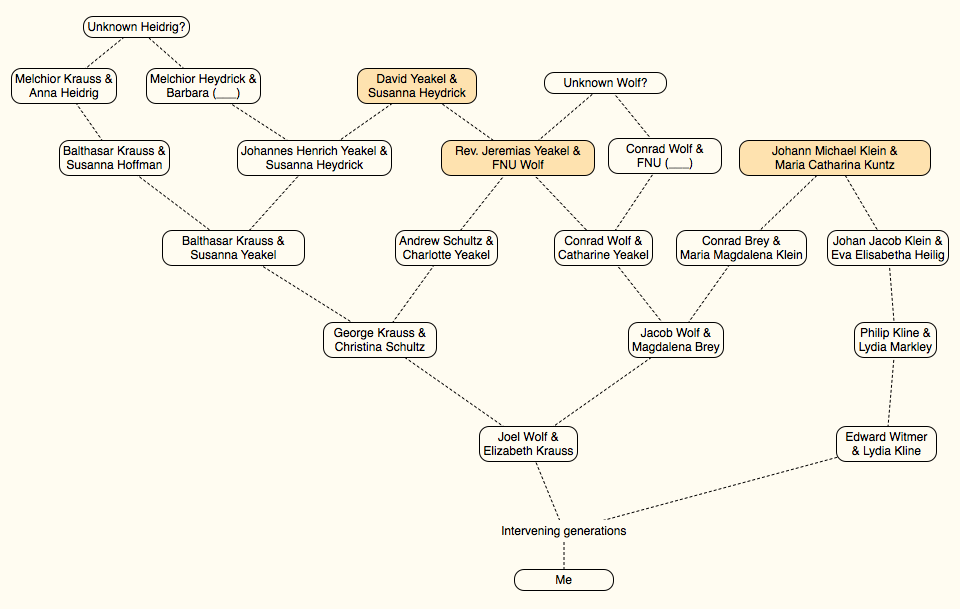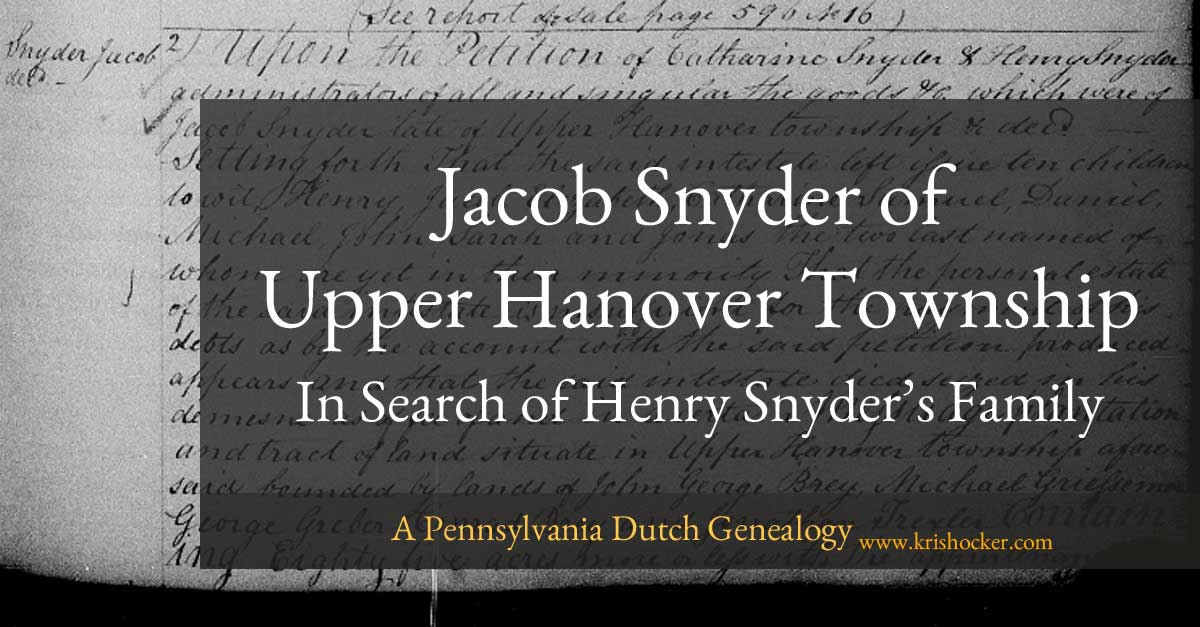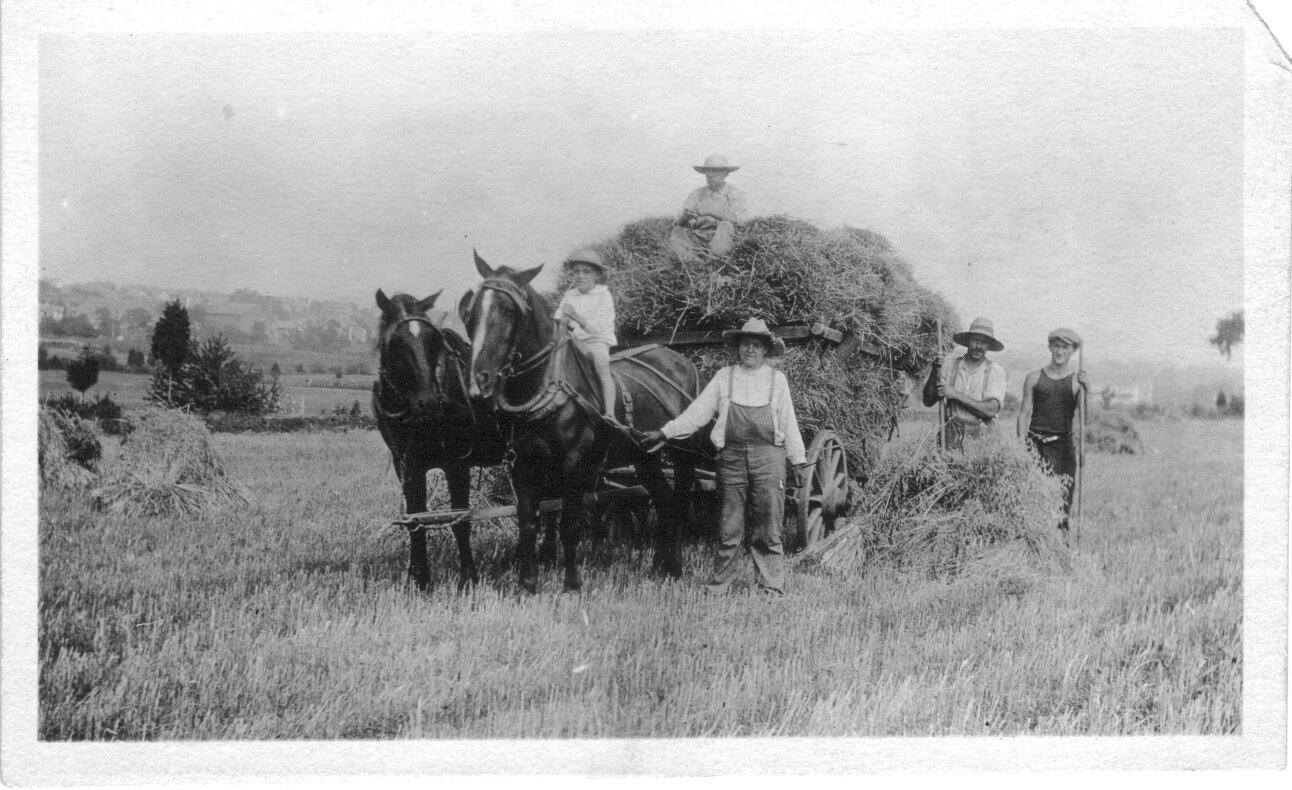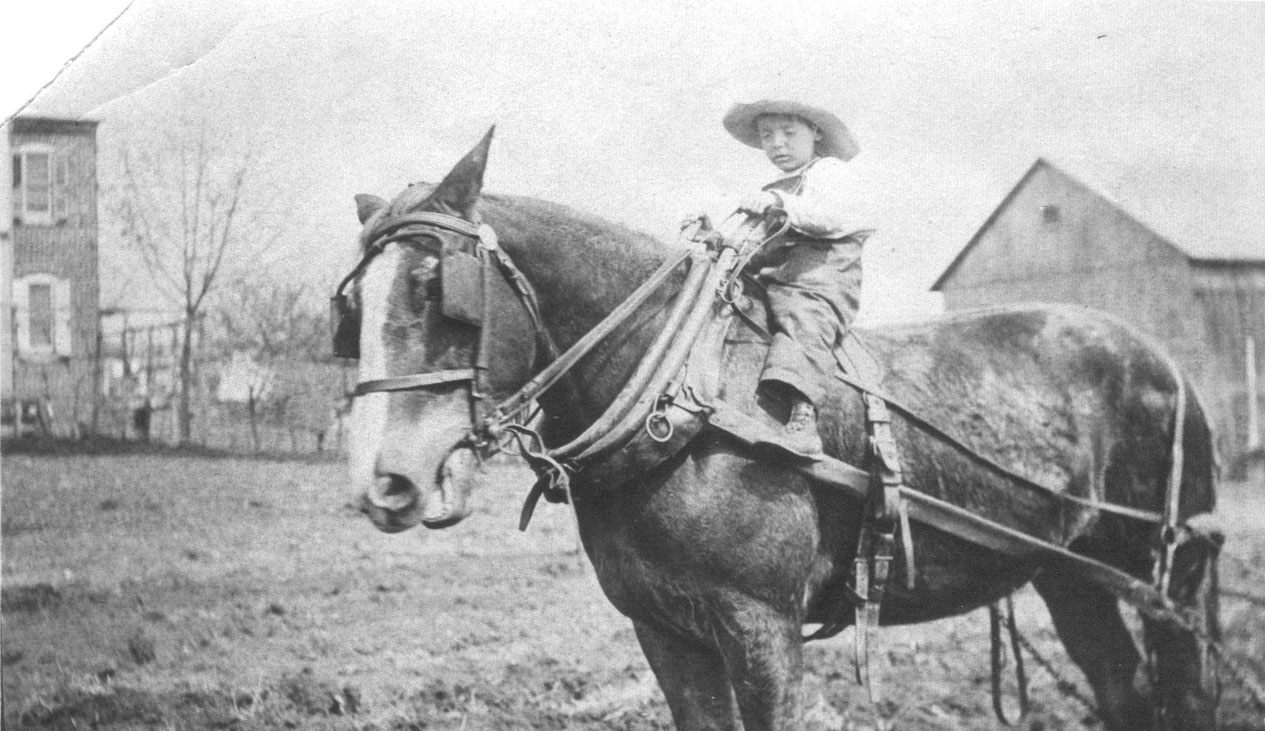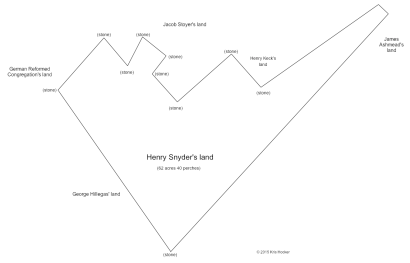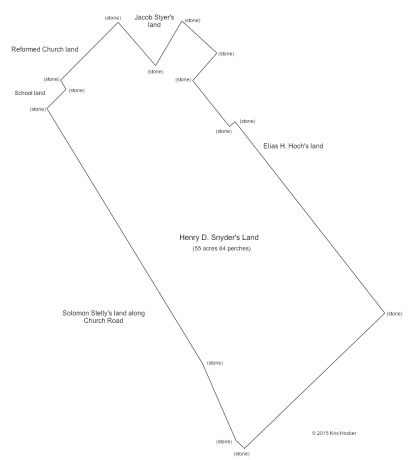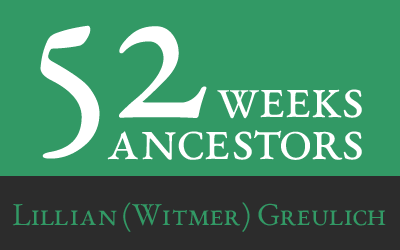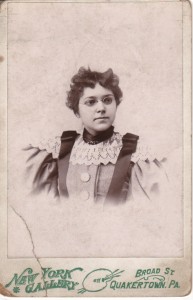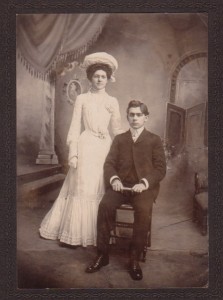Lydia (Markley) Kline (1806-1890) 52 Ancestors in 52 Weeks
Lydia (Markley) Kline was born 22 October 1806 in Pennsylvania and died 8 April 1890 in Upper Hanover Township, Montgomery County, and was buried at Saint Paul’s Lutheran Church in Pennsburg.1 She married Philip Kline on 17 July 1825 in the New Hanover Lutheran Church in Gilbertsville.2

Philip Kline and Miss Markley marriage entry
According to the entry on Find A Grave for Lydia, her mother’s name was Hannah (Hartzell) Merkel (1777-1852). Hannah’s entry includes a transcription of the gravestone inscription naming her as the wife of Daniel Merkel.3
Who were Daniel and Hannah Merkel? Were they really Lydia’s parents? What evidence is there of the relationship? A connection between two entries in a database is not evidence. But it may be a lead.
Lydia died in 1890—too early for statewide or county death registration. Some counties recorded vital records before it became mandatory. However, I did not find death records for this period in Montgomery County listed on either FamilySearch’s list of vital records microfilms or the Pennsylvania State Archives’ list of microfilmed county records. So, that was out as a possible source for her parents’ names. The marriage listing didn’t even include her given name, referring to her as “Miss Markly,” let alone her parents’ names.
Since Hannah Merkel was buried in Bucks County, I decided to start with probate records in that county. I did not find an estate record for her around 1852 or so. There was a Daniel Markley who died intestate in 1823. Intestate means no will. However, since Lydia was born in 1806, she would have been only 17 in 1823. If Daniel was, in fact, her father, then there should have been Orphans Court records associated with his estate.
On 14 September 1830, Hannah Markley petitioned the Orphan’s Court to issue an inquest to partition Daniel’s property in Rockhill Township.4 This petition names Hannah and Daniel’s seven children as petitioners: Josiah Markly, Absalom Markly, John Markly, Benjamin Beaker [Baker] and his wife Catharine (late Markly), Philip Kline and his wife Lidia (late Markly), and Sano Markly and Hannah Markly, as represented by their guardian John Hartzel. The two lots were sold—one on 29 December 1830 to Abraham Housekeeper5 and the second 20 October 1831 to Daniel’s son Absalom.6 These Orphan’s Court records are consistent with what I know about Lydia. In 1830, she would have been 24 years-old and already married to Philip Kline.
An examination of census records for Daniel in 1810 and 1820 reveals the following households:
1810 US Census7
- 3 males, <10 [Josiah?, John?, & Absalom?, b. 1800-1810]
- 1 male, 26-45 [Daniel, b. 1765-1784]
- 2 females, <10 [Catharine?, Lydia?, b. 1800-1810]
- 1 female, 26-45 [Hannah, b. 1764-1784]
1820 US Census8
- 3 males, <10 [Sano?, ?, ?, b. 1810-1820]
- 1 male, 10-16 [Absalom?, b. 1804-1810]
- 1 male, 26-45 [Daniel, b. 1775-1794]
- 2 females, <10 [ Hannah, ?, b. 1810-1820]
- 1 female, 16-26 [ Catharine or Lydia?, b. 1794-1804]
- 1 female, 26-45 [Hannah, b. 1775-1794]
These census records are relatively consistent with what I know about Lydia, too. Given the fact that the household’s inhabitants are not named in these early census records, there is some guessing involved in identifying the inhabitants. We can’t really be sure of who is referred to by the numbers in each age group. The more we learn about the family members, the better our guessing becomes. But still…
At this point, it is plausible that Daniel and Hannah (Hartzell) Markley were Lydia’s parents. I haven’t done the due diligence to prove that there wasn’t another Philip and Lydia (Markley) Kline, but I’m reasonably sure I’ve got a possible match. I want to learn more about Daniel and Hannah’s other children. Family connections are the best way I’ve seen to locate additional evidence to prove or disprove a relationship.
So, we’ll have to see what more I can dig up. In the absence of contradictory evidence, I’m inclined to believe that I’ve found Lydia’s parents, though.
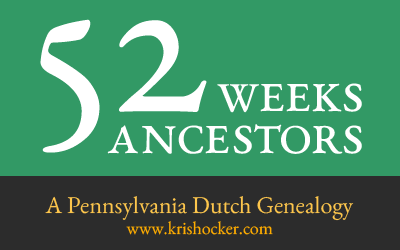
This post is part of a blogging challenge entitled 52 Ancestors in 52 Weeks, created by Amy Crow of No Story Too Small in 2014. Participants were to write about one ancestor every week. I’m revisiting this challenge for 2017. This is my fourth 52 Ancestors post, part of week three.

